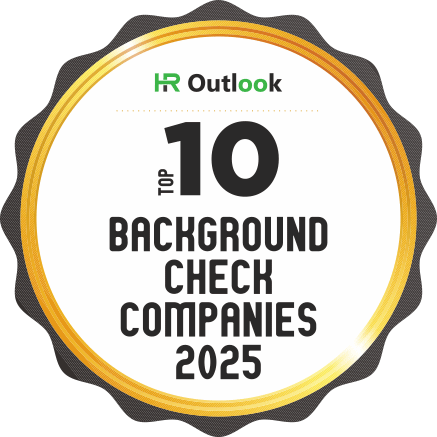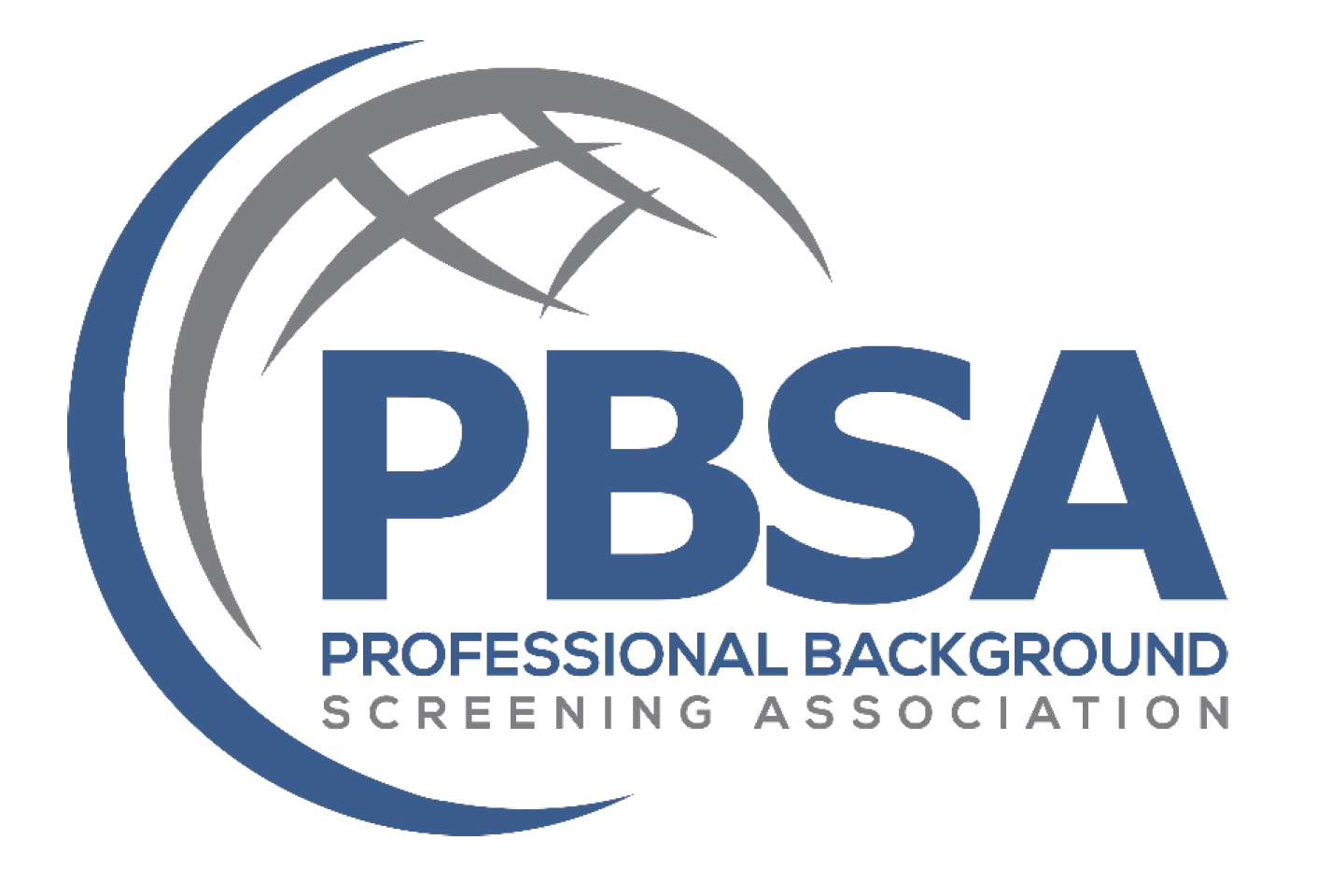School Safety Awareness: “This Should Never Happen Again”
A Call to Action to Protect America’s Schools and Children
As of April 7, 2025, 55 school shootings have already occurred in K–12 schools across the United States—this year alone. In 2023, we recorded a staggering 349 incidents. In 2024, there were 332.
These are not just statistics. These are students, teachers, and families—lives lost and communities forever scarred.
A school shooting is defined as any time a gun is brandished, fired, or a bullet hits school property, including during school hours, sports events, after-school programs, and domestic disputes.
Geographic Impact
- Deadliest incident: 32 lives lost in a single shooting.
- Highest rate: District of Columbia – 0.87 per 100,000 residents (2008–2025).
- Top states: Louisiana, Delaware, Maryland, Alabama.
- Lowest incidence: Montana, Wyoming, New Hampshire, Vermont, Rhode Island — zero recorded incidents.
What Has Society Done?
- Deployed School Resource Officers
- Installed Cameras and Ring Doorbells
- Increased Police Patrols
- Conducted Active Shooter Drills
- Debated Arming Teachers
What Have We Achieved? Nothing. The violence continues.
Despite layers of response, school shootings persist. After-action reports, such as those following the Uvalde tragedy, reveal dangerous gaps in law enforcement and emergency protocols.
What Doesn’t Stop School Shootings:
- Political Debates
- Race or Ethnicity
- Responsible Gun Ownership
- Presidential Commentary
- Budget Excuses
We continue sending our children to what has become the most dangerous place in America—school. Yet, other countries don’t face this epidemic. Why? Are they more prepared? Or are we just refusing to change?
A Real Solution: Two Words — Access Control
Not prison camps. But protection. The kind that prevents open access to schools and prioritizes the safety of every child and educator.
The Plan to Protect Our Schools
Access Control Infrastructure:
- Controlled entry/exit points on all campuses
- Secure buffer zones at all entrances
- 24/7 expanded surveillance, monitored by school officials and first responders
- Safe rooms in every building
- Bullet-resistant glass and reinforced doors
- Universal screening at entry—no exceptions
- Intrusion detection systems campus-wide
- Level 3 security checkpoints:
- Metal detectors
- X-ray machines
- Belongings displayed and inspected
- Auto-lock doors on all rooms, including closets
- Updated active shooter protocols reflecting modern threats
- Mandatory 30-minute SRO check-ins with audio/video
Security Vulnerability Assessments (SVAs): Must be conducted by certified professionals, not just local law enforcement.
Benefits of Regular SVAs:
- Early detection of weaknesses
- Compliance with state/federal standards
- Stronger access control protocols
- Improved safety during events
- Cost savings via prevention
- Faster incident response
- Better first responder preparedness
- Board-level support for upgrades
- Ongoing security improvement culture
Next Steps:
- Conduct SVAs regularly
- Collaborate with first responders
- Train staff with realistic drills
- Assign roles during emergencies
Crisis Management Requires Everyone
- School District Leadership
- City & State Officials
- First Responders
- Community Members
- Parents & Guardians
Sources:
- https://www.nbcconnecticut.com/news/national-international/us-school-and-mass-shootings-reaching-all-time-highs-in-2022-data-and-maps/2793567/
- https://www.cnn.com/us/mass-shootings-2025-vs-past-years-dg
- https://www.statista.com/topics/12276/school-shootings-in-the-united-states/#topicOverview
- https://www.allsides.com/story/facts-and-fact-checking-fact-check-how-many-school-shootings-have-happened-2025








